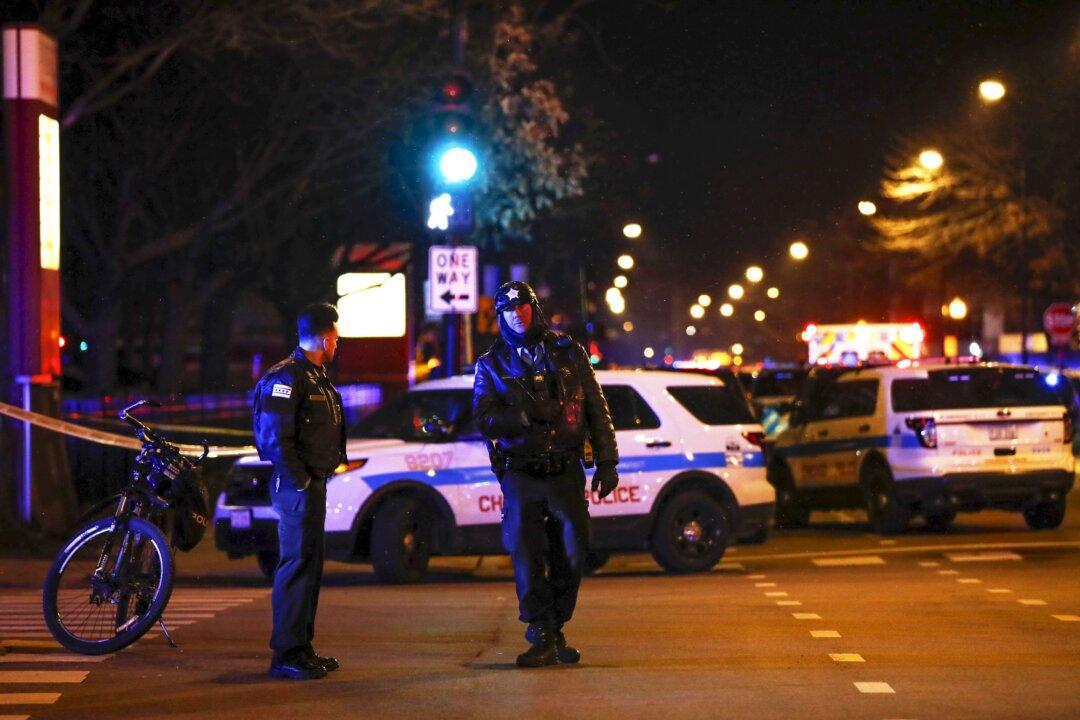Not since 1999 has the United States seen the number of murders drop so precipitously as in 2018, when 1,080 fewer people died of homicide or non-negligent manslaughter than the year before, according to national crime statistics released by the FBI on Sept. 30.
The murder rate dropped to 5 per 100,000 residents, a decline of 6.8 percent from 2017.





